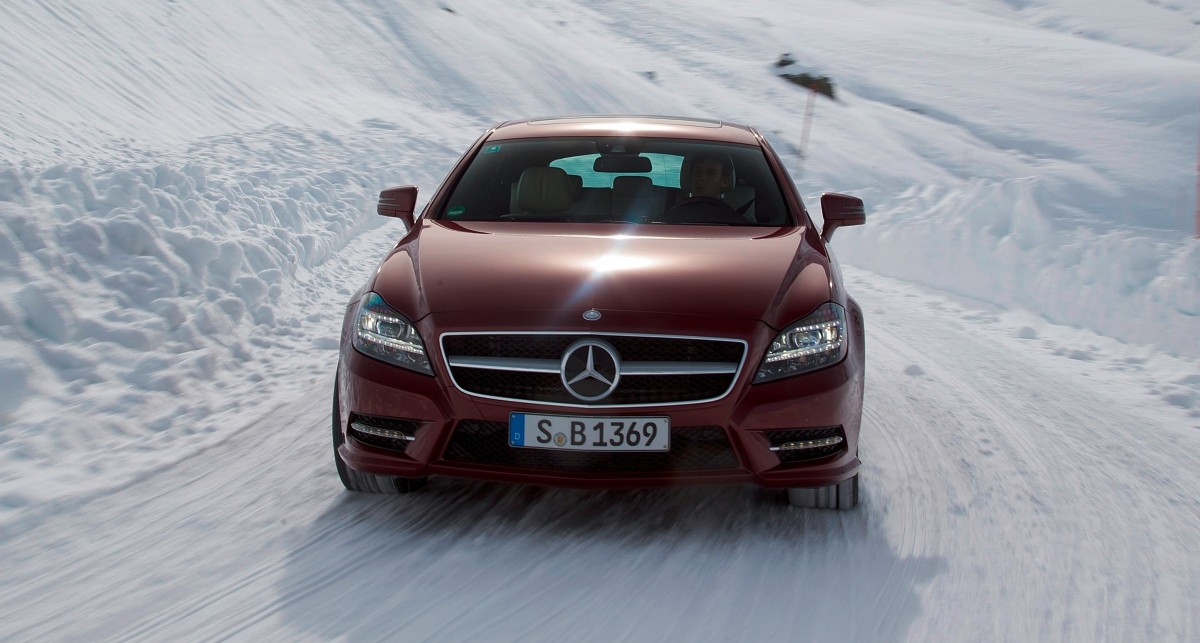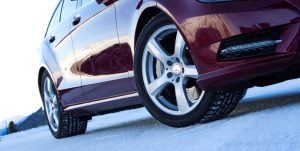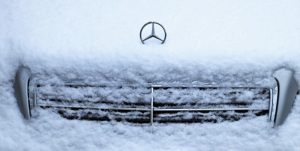In winter, in very specific areas of the country, snowfalls are frequent and snow is a permanent part of the landscape for months. This means that driving in snow will be commonplace and knowing how to drive in snow is a must. With these tips for driving in snow, you will learn all you need to know to make your trips safe.
If your car doesn't have four-wheel drive, like this Mercedes GLE 300 d, that's okay. There are a number of tips for driving in snow that will allow you to cope with the most unexpected weather. Don't forget to maintain your car in winter, to make sure that everything is in perfect condition and that you won't suffer a breakdown in an adverse situation.
How to drive in snow and ice
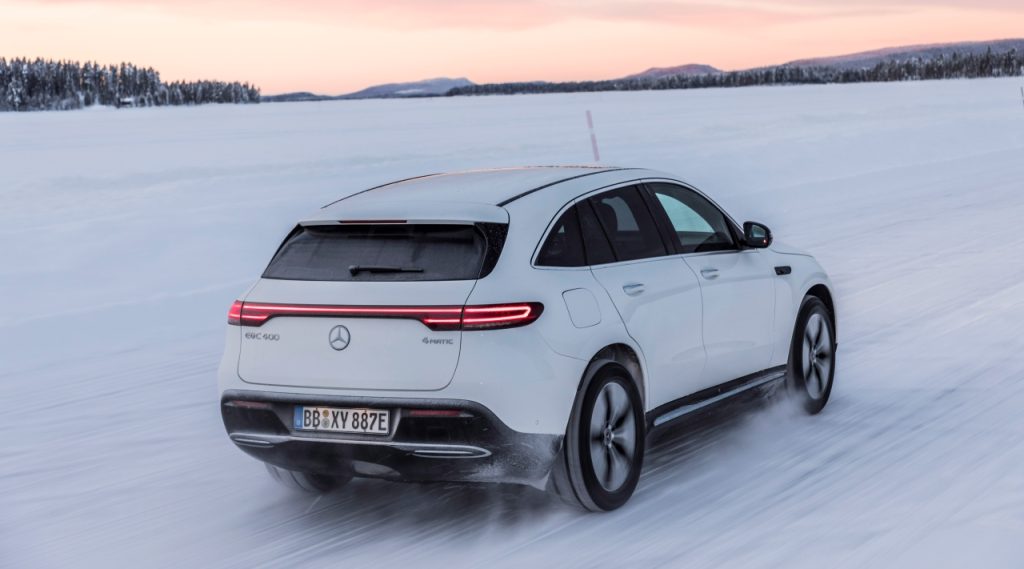
To drive safely in ice and snow it is important to follow a series of steps, be proactive and anticipate any event. Ice and snow alter the response of the vehicle, so you will have to modify your actions behind the wheel to counteract this effect. And, above all, learn how to put snow chains on your car, or opt for good winter tires to accompany you during the coldest months.
Staying calm, anticipating the circumstances or being aware of the risks of driving in snow or ice are key aspects that will allow you to increase safety and be in control of the situation. For that reason, once you hit the road, keep the following tips in mind:
Smoothness with the accelerator
It is important when driving on ice and snow to be extremely gentle with the accelerator. Abrupt speed changes can cause loss of traction, which can be a driving challenge. It is also advisable to maintain a low and constant speed as much as possible. This will allow us to stop the vehicle in the event of any unforeseen event, to slow down smoothly and to anticipate any changes that may arise on the road.
Driving in snow: short or long gears?
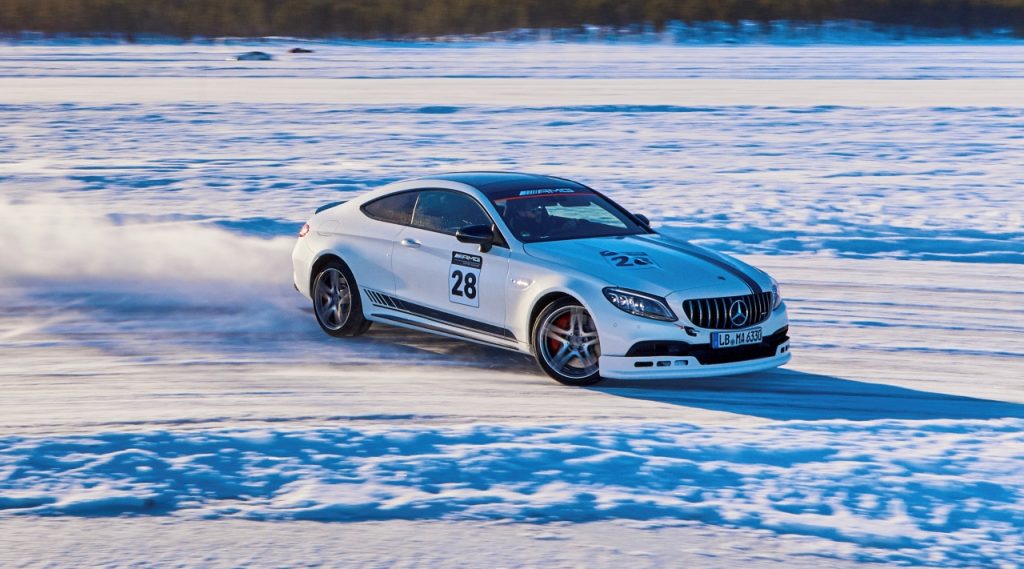
Among the tips for driving on snow is also to choose the most appropriate gear. In snow and ice, the car's grip on the road is very reduced and any sudden reaction can cause a loss of control. To avoid this effect, you should always drive in high gears, with the engine at low revs and at a constant speed. In this way, the vehicle is less jerky and less sensitive to variations that may occur in the accelerator.
Increases the safety distance
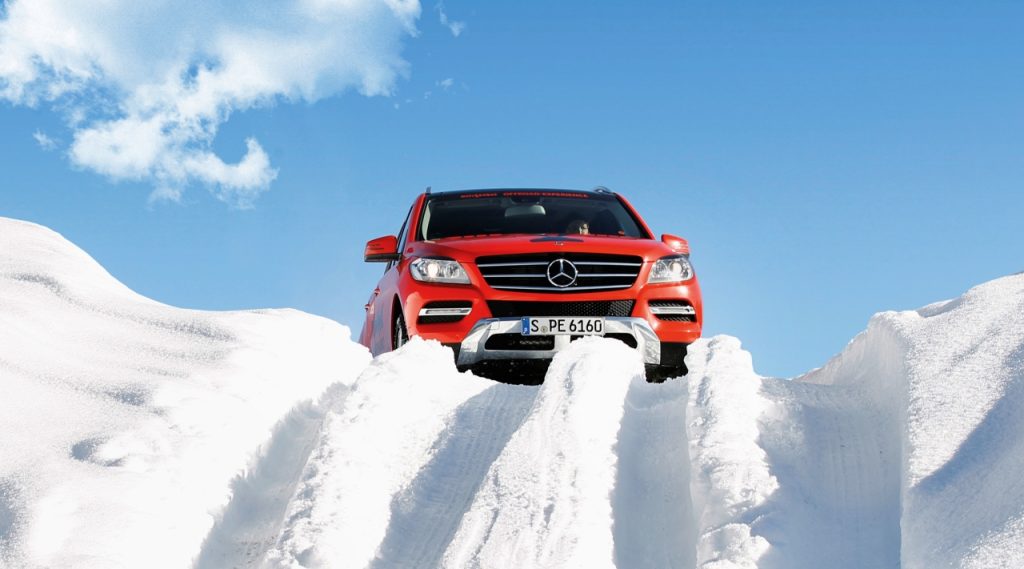
In order to drive efficiently in snow and always be in control of the situation, it is essential to increase the safety distance. This technique is also applicable in situations of rain or dense fog, as it gives us more time to be able to react to a dangerous situation and more distance to brake or even stop the vehicle. Increasing the safety distance increases driving caution and gives us a better view of what is happening ahead, with enough time to react and keep the situation under control.
Caution with brakes
Both the accelerator and brake pedals should be treated gently when driving on snow or ice. All cars have anti-lock braking systems (ABS), which help prevent the wheels from locking during braking. However, while this technology is helpful on a day-to-day basis, it loses effectiveness when driving in snow.
For this reason, it is important to brake gently, avoiding pressing the pedal too hard or too suddenly. If you brake too hard, you can cause the wheels to slide on the pavement, increasing the braking distance and increasing the likelihood of an accident. Brake smoothly and progressively and, to accompany the brakes, you can downshift (in a manual car) and use the engine brake for support.
Hands always on the wheel
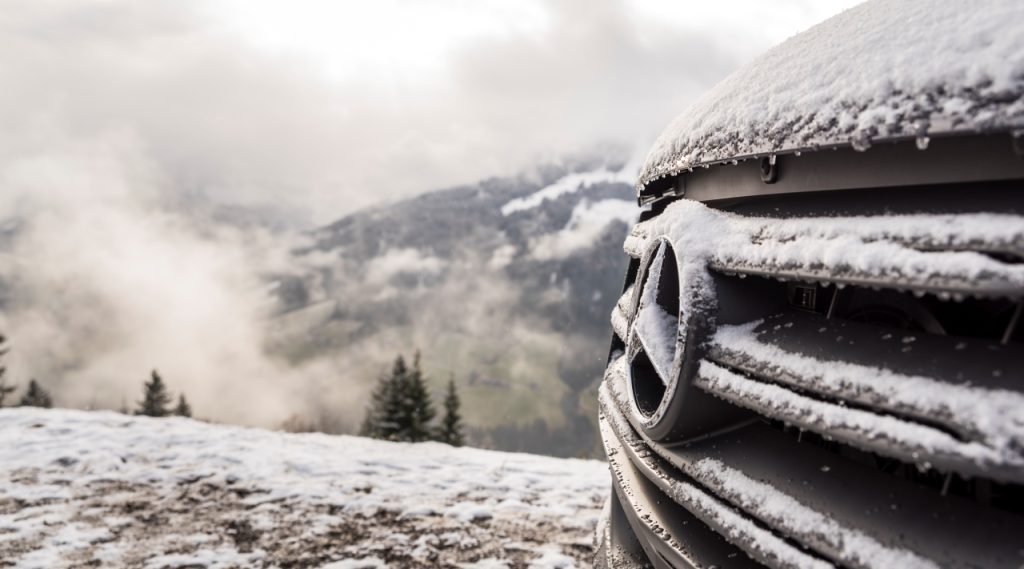
Always keep your hands on the steering wheel. Steering the car is as important as being careful with the brake pedal and accelerator, or choosing the most appropriate gear. Avoid steering bumps and aggressive driving, and you will reduce the likelihood of experiencing understeer when driving on snow. Be subtle and progressive with the steering wheel when cornering or turning, so you don't jeopardize the grip and traction of the tires.
Turn on the fog lights
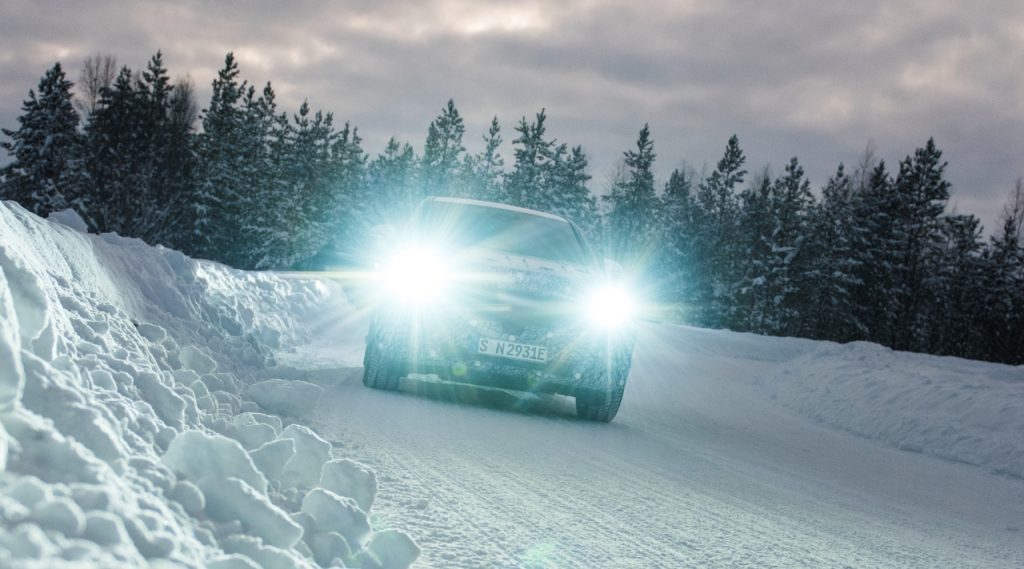
It is as important to see as it is to be seen. When driving in snow, especially if it is snowing, you should indicate your exact position to other drivers. It is best to turn on your vehicle's low beam headlights. If visibility is reduced below 100 meters, activate the fog lights, especially the rear lights, as they have a higher light intensity than the tail lights in their position light. Remember to turn off these headlights when the snowfall is over.
Remain calm at all times
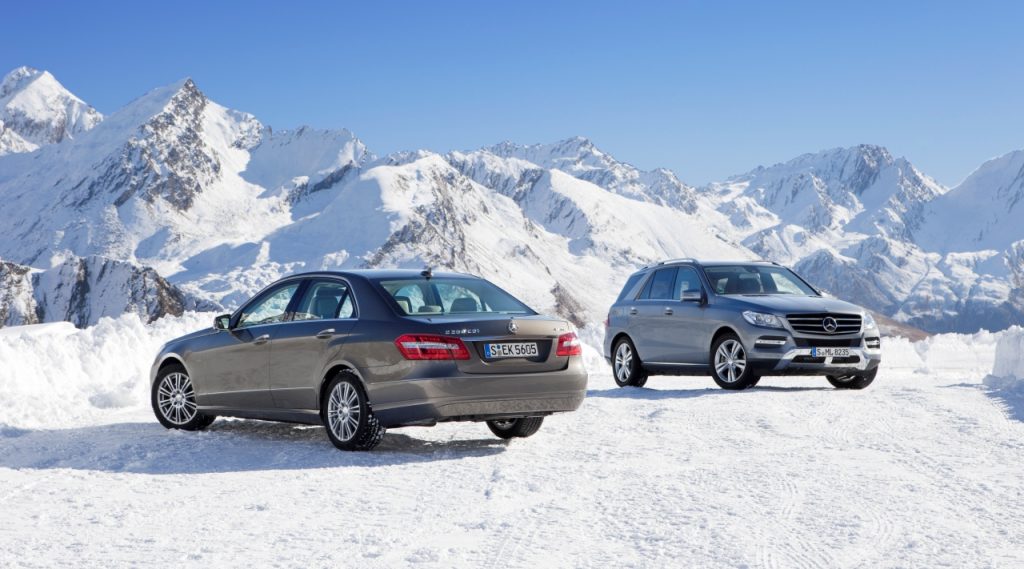
The last tip for driving in snow is to remain calm at all times. Ice and snow are adverse elements that alter the normal driving of a vehicle. It will require us to increase caution and be aware that the behavior of the vehicle may be erratic. This leads to increased stress at the wheel and can cause us to lose our calm.
If it happens, take a deep breath and try to keep a positive mindset. Follow all the advice you have been able to read in this article and you will have a safe trip even in winter, with low temperatures, snow and even ice. It is also important that all the components of your Mercedes are in good condition, so it is advisable to carry out a prior check before making a trip this winter.
In Grupo Concesur we are experts in Mercedes Benz after-sales service, with more than 47 years of experience in the sector. We take care of tuning your car in any season of the year and we have a professional and highly qualified team that knows all the technical details of Mercedes Benz vehicles. In addition, we only use original Mercedes spare parts to guarantee a correct repair and/or maintenance of the vehicle.

